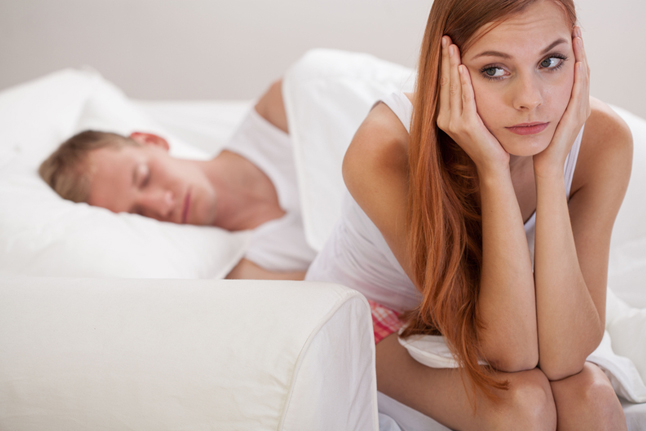Pain
It is estimated about one in eight women have pelvic pain problems. It can be reassuring that you are not alone.
Pain problems can include:
- Vaginismus: Repeated or persistent involuntary spasm of the muscles of the outer third of the vagina that interferes with sexual intercourse.
- Vulvodynia: Chronic pain lasting more than 3-6 months in the vulvar region without definable cause which is characterised by provoked or constant vulvar pain of varying intensity. (International Society for the Study of Vulvovaginal Disease)
- Dyspareunia: Persistent or repeated difficulties of the woman to allow vaginal entry of a penis, a finger or any object despite the woman’s expressed desire to do so. There is often phobic avoidance, involuntary muscle contraction and anticipation/ fear/ experience of pain. (iuga.org)
- Coccydynia: Pain and tenderness around the tail bone/coccyx and the attaching muscles that can be aggravated with sitting. It can be caused by trauma to the coccyx during a fall, prolonged sitting on a hard or narrow surface, degenerative joint changes or vaginal childbirth
- Overactive Pelvic Floor Muscles: Non relaxing pelvic floor muscles. This can result in pain, difficulties with intercourse and difficulties with emptying the bladder. We can help you to identify this and learn how to relax and lengthen them again.
- Endometriosis: An often painful disorder in which tissue that normally lines the inside of your uterus — the endometrium — grows outside your uterus. Endometriosis most commonly involves your ovaries, bowel or the tissue lining your pelvis. It can cause pelvic pain.
- Pudendal Nerve Pain: Pain arising from the pudendal nerve. This could be due to compression, irritation, entrapment or tethering.
- Sensitive scar after delivery of baby: Scars can be the result of a tear or cut made during the delivery of your baby. These sometimes become sensitive, painful or thickened and raised. In our experience these respond very well to physiotherapy.
- Chronic Pelvic Pain: This can include any number of pelvic pain conditions that persist. Some clients also have pubic symphysis pain, sacroiliac joint (SIJ) pain and pain from other pelvic muscle attachments such as leg and abdominal muscles
- Painful Bladder Syndrome including Interstitial Cystitis: Pain above the pubic bone related to bladder filling, accompanied by other symptoms such as increased daytime or night-time frequency, in the absence of urinary tract infection or other obvious pathology.
Management of pelvic pain includes:
- A thorough assessment of the condition, medical history and current health, including diet and fluid intake, exercise levels and mobility, all the medicines you are currently taking, and any other factors that could affect bladder, bowel, sexual function and pain
- Physical assessment of the pelvic floor function, strength, endurance, length and ability to relax. This can be done very gently and carefully if pain is distressing.
- Musculoskeletal assessment of your pelvis, back, lower limbs, trunk and posture
- Use of Real Time Ultrasound to facilitate rehabilitation
- Rehabilitation which may include pelvic floor muscle relaxation exercises, pain free stretches, soft tissue release and trigger point therapy, pain management and education, core muscle re-education an training, management of lower back and pelvic dysfunction, guidelines for pain free intercourse, self-management strategies for long term care, bladder management and changes to lifestyle.
Outcomes from treatment may include:
- Correct and functional pelvic floor muscle contraction, hold and relaxation.
- Normal tone, bulk, length and function of pelvic floor muscles.
- Pain free/comfortable intercourse as well as other forms of penetration such as speculum for Gynaecological examinations such as PAP smear and wearing tampons.
- Improved understanding of your condition and influencing factors
- Improved self-management strategies for long term care
- Optimal function of your lower back and pelvic region and posture
- Optimal bladder and bowel function
- Healthy lifestyle choices




